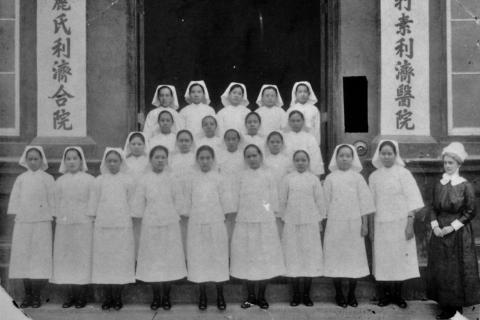When elephants came to Hong Kong
It’s a small photo, just 8cm / 3in wide, but there’s enough detail for us to investigate who and what we’re looking at, where and when the photo was taken.
(Please click here to watch the video on Youtube if it isn't shown above.)
If you'd like to see more information about the topics in the video, please use these links:
- Read more about When elephants came to Hong Kong
- 7 comments
- Log in or register to post comments

